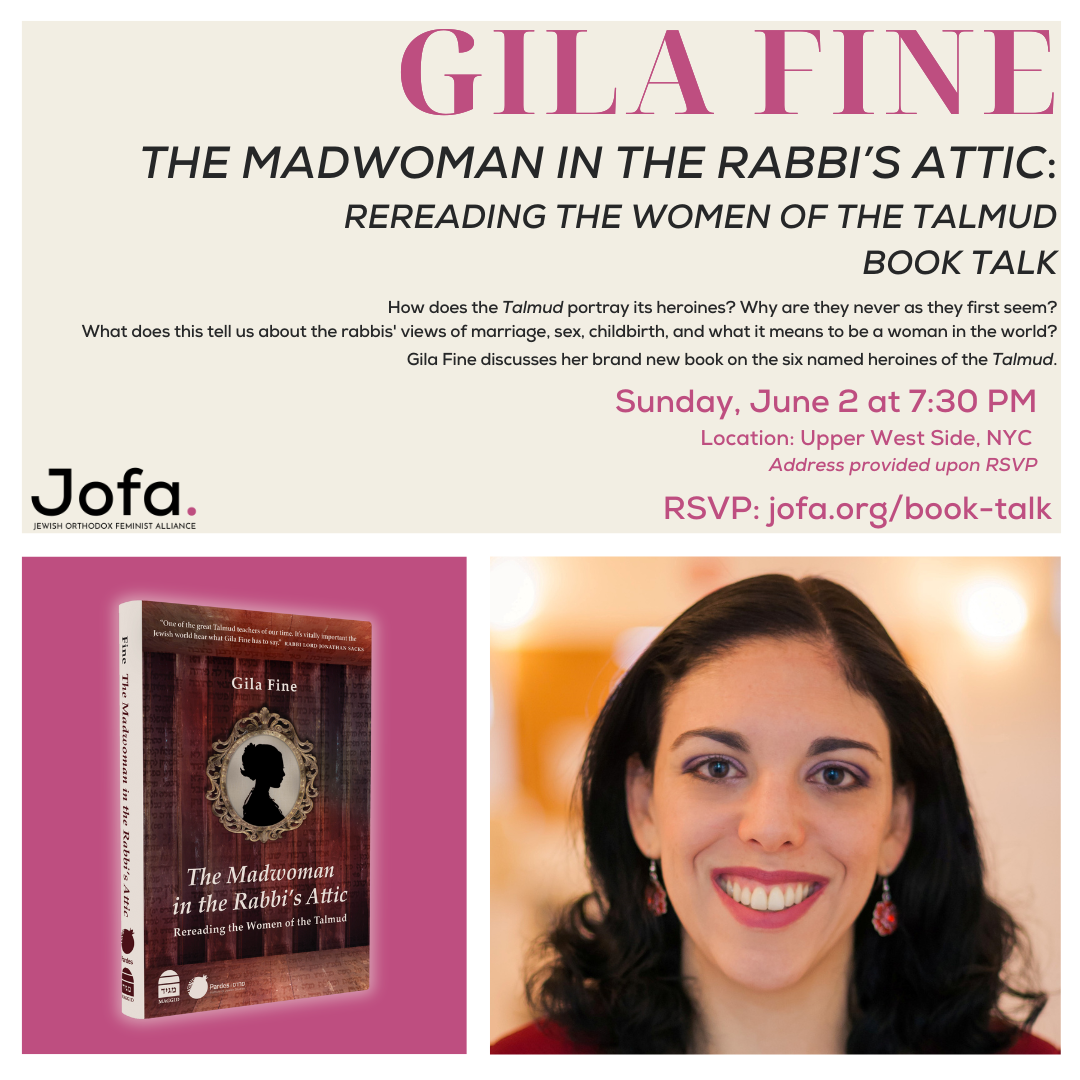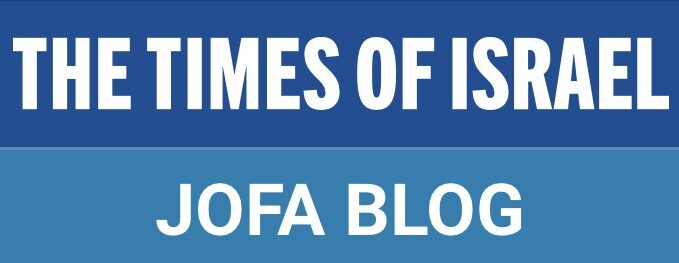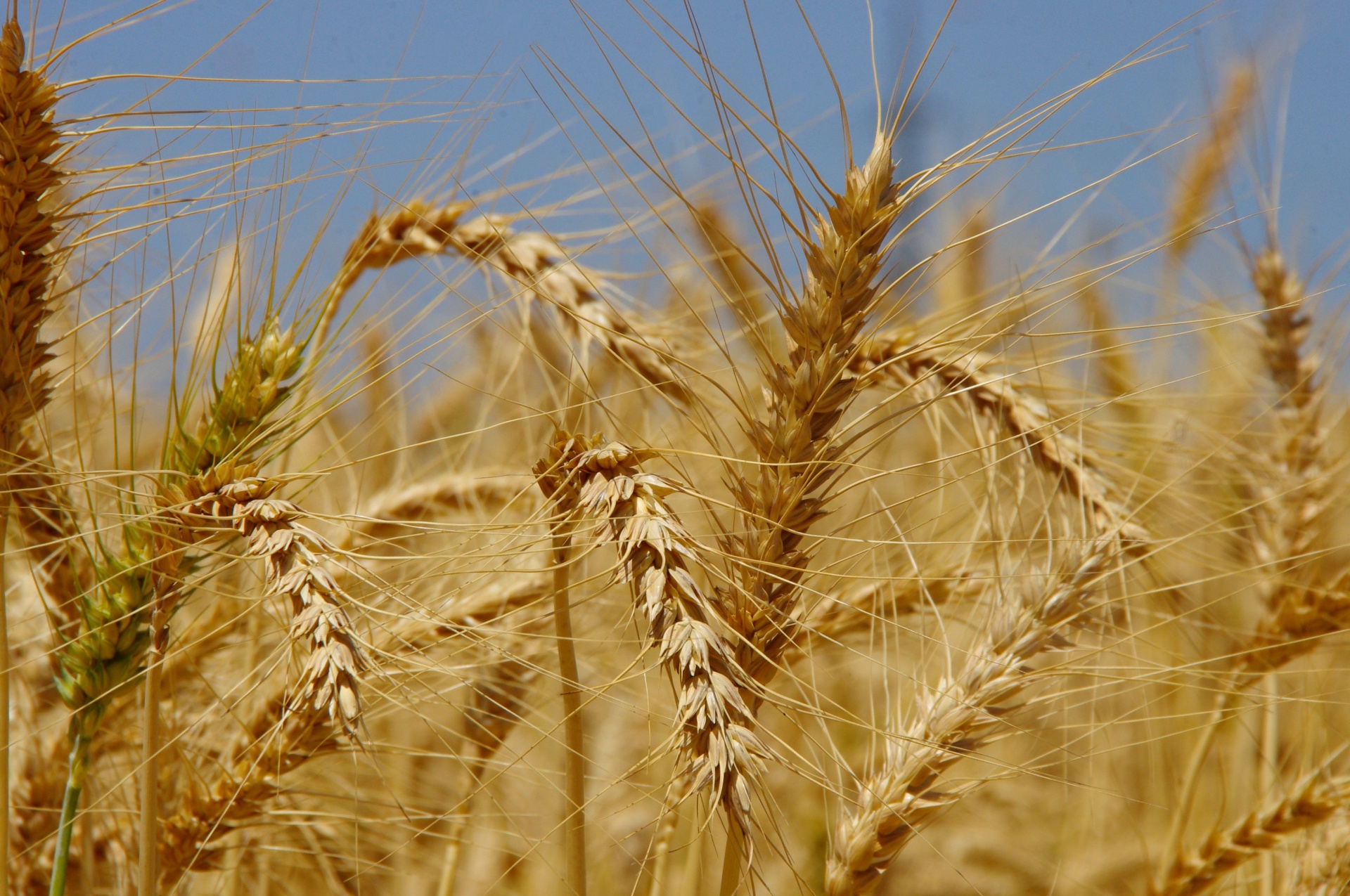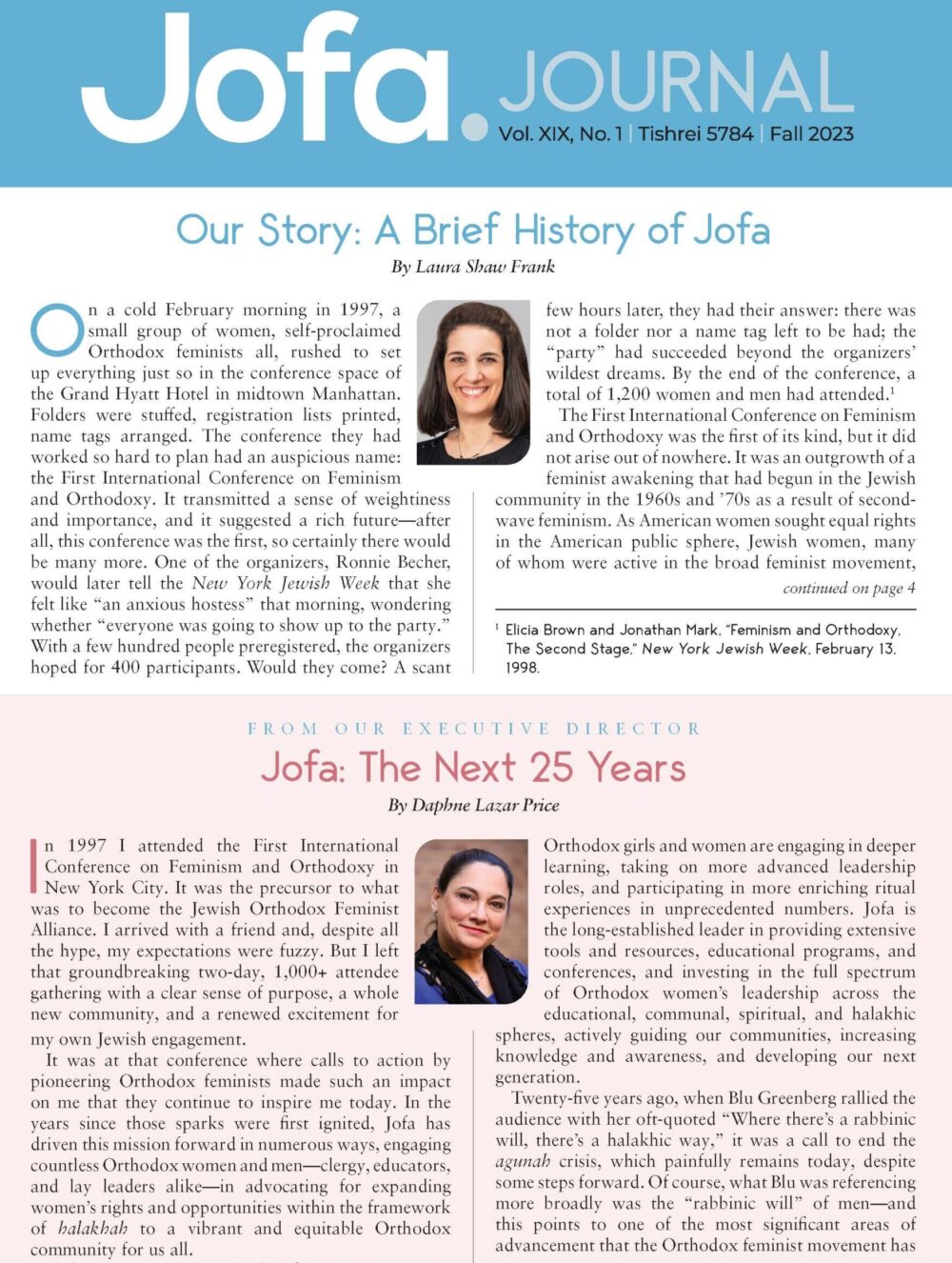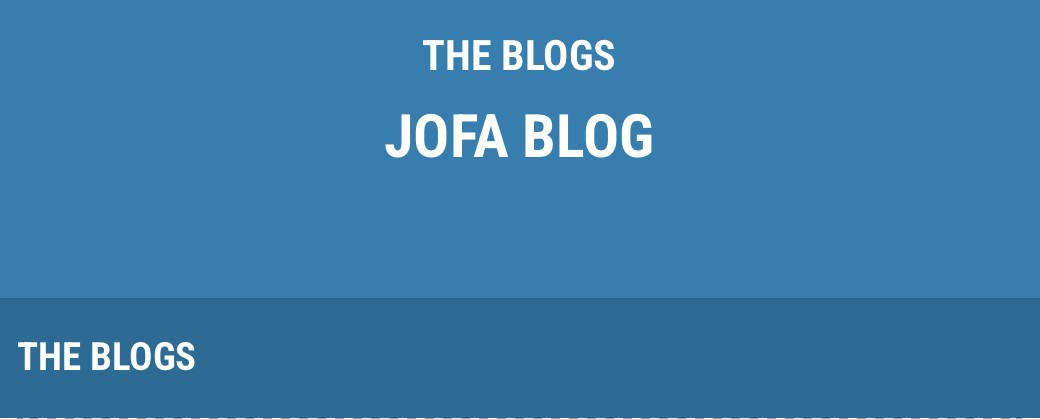By Stephanie L. Stillman
My first encounter with the mikveh was at 27, when I met with my converting beit din for the last time. I had never seen the mikveh before I immersed that day, having only heard bubbe meises from my unmarried female friends. Unsure of what to expect, I found myself strangely calm, wet, and shivering before the kissing waters. Mistaking the chill for my nerves, the shomeret squeezed my arm and whispered, “Don’t be afraid—you’re about to be reborn.”
I didn’t give the mikveh a second thought for the next six years; it was always resting on a distant horizon, visible but very much out of reach. As a feminist, a scholar, and a Torah- observant Jew, I spent the time between conversion and marriage concerned with issues that seemed more immediately relevant to myself than considering the feminist ramifications of the mikveh—the plight of agunot, the erasure of women from contemporary print media, and access to women’s preventive health resources. It was not until the desire to perform a mitzvah collided with the fear of COVID-19 that I truly began to consider the feminist ramifications of the mikveh itself. Seeing the COVID-19 pandemic looming on the horizon and with a shelter-in-place order days away, my then-fiancé and I made our ḥuppah (wedding) on the rabbi’s front lawn. His children and their spouses counted for nearly all of our socially distant minyan, while our families and friends watched a live feed from the safety of their isolated homes.
“What you do here today is important,” our rabbi said. “Mitzvah goreret mitzvah [one act of mitzvah leads to another]. During a time of great darkness, you will bring much light.”
My Complex Relationship with Mikveh
My personal relationship with the mikveh is complex—a feeling exacerbated by the coronavirus pandemic. My desire to engage in Jewish life stood in direct contrast to the terror of exposure to the virus. Was it safe to use the mikveh? Could my desire to observe taharat hamishpaḥah ultimately lead to the destruction of my family? How do we maintain Jewish life when it is threatened with certain death? Once a mystical and transformative space, a space for my “self-self,” the mikveh became a place of fear, no longer one of life-giving renewal.
I was first introduced to this concept in the work of Jewish feminist Mierle Laderman Ukeles in art school, In an interview, Ukeles discusses Manifesto for Maintenance Art 1969!, saying, “I wrote that if I’m the artist, then whatever I say is art, is art. It isn’t an ego thing, it’s what the artist needs.” Reconciling the labor of household maintenance with the innate desire to create, Manifesto elevated the perceived banality of maintaining family life to that which is “vital and necessary for [your] family to thrive.” The importance of the mikveh transcends gender; traditional rabbinic sources agree: Both a synagogue and a Torah scroll, Judaism’s most venerated treasure, may be sold to raise funds for the building of a mikvah. In fact, in the eyes of Jewish law, a group of Jewish families living together do not attain the status of a community if they do not have a communal mikveh.
Shortly after our ḥuppah, while fully in quarantine, I ripped the Manifesto for Maintenance Art 1969! from a 1971 copy of Artforum and pinned it to our kitchen wall.“What’s this?” My husband asked, eying the glossy stock one evening as I was making dinner. I responded by reading the opening lines:
I do a hell of a lot of washing, cleaning, cooking, renewing, supporting, preserving, etc. Also (up to now) separately I “do” Art. Now, I will simply do these maintenance everyday things, and flush them up to consciousness, exhibit them, as Art.
I spoke in earnest, emphasizing the last line with the flourish of a wooden spoon. COVID-19 had robbed us of the joy of Jewish life and from the embrace of our community. We davened from home on Shabbat and ate alone—no guests. On ḥaggim our rabbi would send a baḥur (young man) around to assist with the mitzvot that cannot be performed alone. Armed with shofar on Rosh Hashanah and with a megillah on Purim, he would stand beneath our second-story window so that we might perform a socially distant mitzvah. With COVID came no smaḥot (happy occasions), only tsuris (difficulties).
Each month, as my visit to the mikveh approached, my anxiety would build, exploding in a great crescendo of tears as soon as I removed my towel and mask. Will this be the last mitzvah I do? Body disconnected from self, I began to apply the Ukeles manifesto to the maintenance of taharat hamishpaḥah. I reclaimed the mikveh as my own. By redefining each engagement with Jewish life as an opportunity to engage in art-making, I found a way to create meaning from the chaos that surrounded me. The mikveh, my last remaining connection to community and Jewish life, may have been quickly slipping away, but was not yet out of grasp.Ukeles’s View of Mikveh
Mierle Ukeles’s work on performance and mikveh as Jewish feminist art has guided the growth of my yiddishkeit. Mikva Dreams, a 1977 performance piece, and Immerse Again, an installation at the Jewish Museum in 1986, explore the “integrally connected” nature of mikveh and life. Ukeles speaks about “[t]he Death Instinct: separation, individuality … [t]he Life Instinct: unification, the eternal return, the perpetuation and maintenance of the species.” A woman’s immersion in the mikveh occurs seven days after menstruation ends—a symbol of loss and renewal and of the ongoing cycle of life. Mikveh, a true representation of renewal and return, presents a unique opportunity for women to place themselves, physically and spiritually, within the living heart of the community.
Mikva Dreams was first performed in New York’s Franklin Furnace Gallery before an audience of both men and women. To “preserve an aura of sacred mystery and privacy,” Ukeles sat within the gallery space, covered in a white sheet, and recited a prepared text on the mikveh as the site of performance. She was making the point, as stated in “The Life Instinct,” that mikveh immersion is not based on a dichotomy of purity/impurity, but rather on the cycle of renewal. She thus reclaimed the mikveh, freeing it from associations of impurity.
The coronavirus pandemic has produced a generation of women who continued to immerse—and will immerse again. We are the women who, while balancing a mind of science with a heart of faith, burnished our copper mirrors and went forth to ensure the continuation of our families and communities. Each trip to the mikveh became an opportunity to create a moment of light in a time of darkness.
During times of great uncertainty, many Lubavitch ḥasidim engage in the ritual performance of igrot kodesh (holy letters)—a letter is written to the Ḥabad Rebbe and placed within the Igrot Kodesh, a collection of letters written to and from the Rebbe during his lifetime. When the letter is retrieved, it is believed that the pages on either side will provide the writer with insight, as a holy book often begets wisdom.I am not a rabbi, a scientist, or an art critic; I’m just the giyoret next door, endeavoring to find meaning in post-COVID Jewish life. It is my sincere hope that this igeret, if placed between the pages of this collected ḥokhmat nashim (wisdom of women), will serve as point of discourse on the relationship between mikveh and feminism, science and faith, and community and self.
Stephanie Stillman is a graduate teaching associate and Ph.D. student in the Department of Arts Administration, Education, and Policy at The Ohio State University.
Callouts:
By redefining each engagement with Jewish life as an opportunity to engage in art-making, I found a way to create meaning from the chaos that surrounded me.
Each trip to the mikveh became an opportunity to create a moment of light in a time of darkness.

